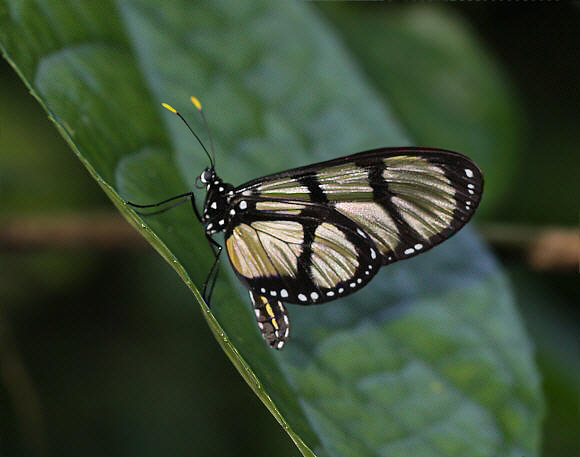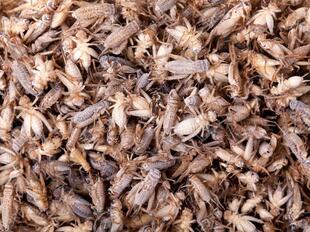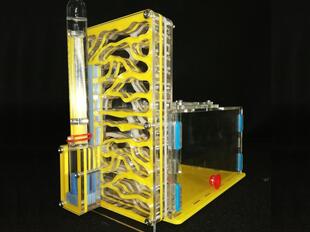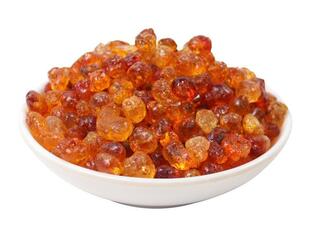
Thyridia psidii (Thyridia psidii)
Phylum — arthropoda
Class — insecta
Order — lepidoptera
Family — nymphalidae
Genus – thyridia
Appearance
The caterpillars are smooth, gray, with light yellow stripes on the sides, translucent greenish-blue.
The wingspan of the butterfly is 70-80 mm. The wings are elongated, oval. The wings are translucent, silvery or yellow, with a wide black border and a black pattern. The hindwings may be orange. The coloration is different of different subspecies.
Habitat
Thyridia psidii is found in Central and South America.
Behavior
Butterflies are poisonous. The flight is fast and easy.
Thyridia psidii normally flies at a height of 3 meters or more above ground level. Males are active mainly in the mornings, but females can be seen gently floating across narrow sunlit trails in the forest during the middle of the day. The butterflies are nearly always seen singly.
Diet
The larva feeds on Cyphomandra (Solanaceae).
Butterflies feed on nectar.
Reproduction
For their reproduction you need a terrarium with a size of 50 x 50 x 70 cm. The egg is large, globular and white. Females sometimes spend up to an hour fluttering within a meter or two of the chosen oviposition site, before finally laying an egg on the underside of a leaf. The incubation period is 7-10 days. It is better to keep the caterpillars in terrariums for 6-8 insects. In the terrarium, you need to place a forage plant. The temperature is 22-25 oC at the humidity of 60-70%. The pupa is light yellow, with a metallic sheen.
In captivity
The mesh terrarium with a size of 50 × 50 × 70 mm is suitable for keeping butterflies. Room temperature is necessary. Daylight time is 12 hours. You can feed the butterflies with honey syrup diluted with boiled water in a ratio of 1: 10.
 Russian
Russian
 English
English






















